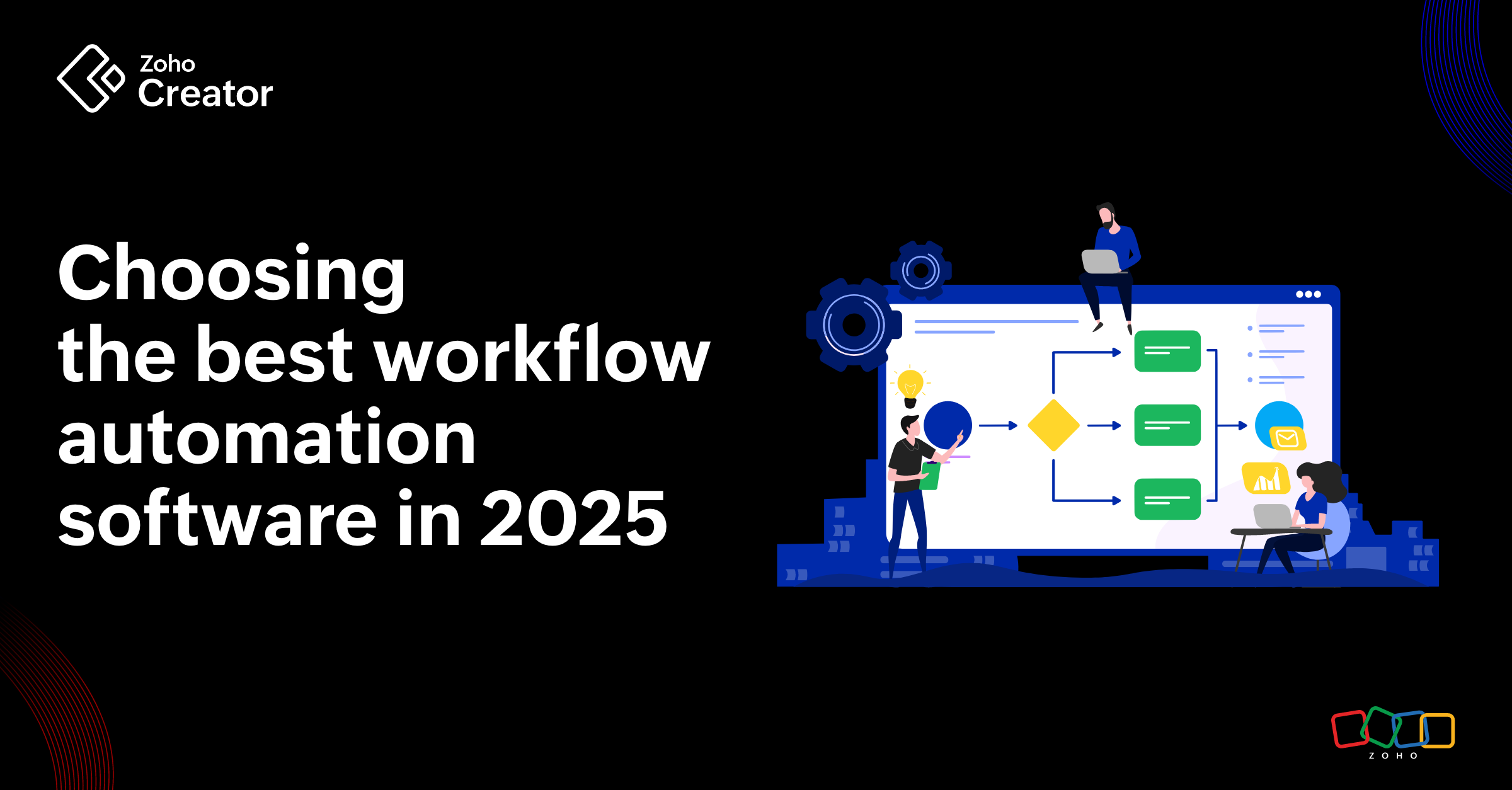- HOME
- Know Your Tech
- How to create positive user experiences with smart custom app design
How to create positive user experiences with smart custom app design
- Last Updated : April 20, 2023
- 783 Views
- 6 Min Read
You may have heard of User Experience (or UX) design and imagined that it only applied to big software development teams who could afford to invest in this new method. And while many companies are setting out to bring UX research and design philosophy to their big projects, the fundamental theory—once understood and applied—can be used to improve ROI on even the smallest scale of development projects.
So, what is UX?
The label "UX" encompasses the field of research and design that focuses on improving ease and satisfaction for end-users. Ideally, good UX design should make your app or website not only functional but enjoyable to use. By fully anticipating the needs of your users, both the developer and their users benefit.
Now, this all may sound pretty obvious. Who doesn't want their users to enjoy using their product? Isn't that what any decent developer is trying to accomplish in the first place? The key difference lies in perspective.
When you're making software (or any interactive product), you're thinking like a creator, not a user. While you may know everything about how your product works, you can't know what it feels like to use it for the first time, sight unseen. There are concerns and considerations that you won't be able to anticipate—not least because (depending on your project) your userbase is going to be made up of more than one person.
Depending on how your business grows, your potential userbase could end up being a large, diverse group of people—all of whom are going to have their own unique assumptions and barriers when it comes to interacting with technology. UX design practices will help you anticipate and accommodate their needs.
How does good UX design impact a low-code project?
Low-code apps are sought after for their unique advantages: they are quick to develop, inexpensive, and easy to customize. However, their ultimate ROI will be determined by how well they are adopted among your userbase. If you're designing a low-code solution for your internal teams, it doesn't matter how fast you can produce your app if it takes longer for your teams to learn than a workaround. Or, if you're making an external app, the costs saved by low-code will be undermined if it's too confusing for your customers to use properly.
This means that the quality of your UX can literally make or break your low-code investment. Fortunately, all the advantages of the low-code development model make high-quality user experiences more attainable than ever. In short, with low-code tools in your arsenal, there's no excuse for you to not have great user experience design.
Now, let's look at 4 simple UX tips that can have a significant impact on the adoption and ROI of your low-code project:
1. Use clear language to reduce confusion
It may not be the first thing that jumps to mind when you think of app design, but the quality of your copy has the potential to drastically affect the experience (and adoption) of your app. Every button, field name, and hyperlink comes together to instruct the user on how the product works. And if those instructions are too jargon-y, or too vague, people may be discouraged from using the app altogether. Conversely, keeping your copy concise, objective, and scannable has been shown to improve usability by a whopping 124%.
As a developer, an overload of jargon or technical terminology in your copy signifies that you're stuck in your own point of view. Terms that might seem obvious or intuitive to you could be a complete mystery to your users. For instance, if you're on the IT team, chances are you don't use the same working vocabulary as someone on the sales team, and vice versa—and yet, your solution needs to be used by everyone. Keep an eye out for plain-English replacements for any technical terms that might pop up in your copy. This will help make your app accessible to anyone who needs to use it, including unforeseen edge cases, like a new employee or a contractor.
2. Be judicious when using notifications
Notifications can be very helpful, even essential, to your application by keeping your users informed of important activities, like a reminder for an upcoming appointment, or a transaction confirmation. At the same time, poorly implemented notifications can quickly train your users to ignore your app entirely. In fact, as many as 71% of users have reported deleting an app because of annoying notifications. So, how do you use notifications correctly?
To start, you should choose which type of notification (push notification, email, SMS) to employ based on the urgency of the message, and the desired response from the user. For simple reminders or updates on the status of a service request, you should default to automated email notifications, which are unintrusive and allow the user to respond in their own time. However, if you have a highly time-sensitive message, like a declined payment or a message from an admin, a push notification would likely be more prudent. Push notifications also have the added advantage of taking the user directly where they need to go within the app, so they can respond as quickly as possible.
A surefire method to check that your notifications aren't bothering your users is requesting that they opt in before you send them anything outside of the app. However, you need to make sure that you give them enough context for why they should opt in to notifications, so that they can make the best decision early on in the process.
3. Be proactive to reduce user errors
Even if you've gone the extra mile to make sure your app is completely free of bugs and spelling errors before you push it live, you still have to look out for human errors. These are the same types of slip-ups we all make in everyday life—making a typo when entering an address, or accidentally clicking "back" when you meant to click "submit". For the same reasons that you wouldn't build a balcony without guardrails, you'll need to be proactive in your app design to prevent these user errors.
You'll want to start by identifying decision points within your app, like submitting a form, that will take significant time or effort to redo in case of a mistake. These are the points that have the highest potential for user burnout—imagine accidentally deleting the only copy of an important document. You'll want to add a confirmation dialog box or page for each of these decision points that both restates the action the user is about to take, and gives them the option to back out without losing any progress.
You'll also want to split up long forms into multiple pages separated by category (address information, appointment time, appointment details) so that progress is saved periodically and won't get wiped out if the user does something like accidentally close the window or reload the page. You can even give them a chance to review the entire form on the last page before submitting to give them an extra chance to spot any mistakes they may have made earlier.
4. Find opportunities to collect feedback
How will you make sure your app keeps improving once it's live? As meticulous as you may be when designing your app, your users will almost certainly have their own opinions on what works and what doesn't. Whether that means you've missed a bug, or there's a use-case that you weren't able to anticipate, you'll want to know as soon as it comes up so that you can act quickly and fix it. This is why it's important to provide your users with a mechanism to leave feedback within your app.
A simple way to do this is to have a link on the footer of every page that says something like, "Having trouble?" that takes them to a general feedback form. This also has the added benefit of reducing the risk of user burnout by providing them with a built-in mechanism to express any frustration they're experiencing. When users feel heard, they'll be more inclined to be patient with any problems they encounter in your app, especially in the early stages.
There are so many advantages to using low-code solutions to create your custom apps. However, if you're not careful, all of that added value can go to waste. By using just a few UX design principles, you can head off many common usability problems, creating a better overall experience for your users, and maximizing your ROI.
 Mason Marrero
Mason MarreroMason enjoys reading, writing, and movies. He currently lives and works out of Austin, TX.










